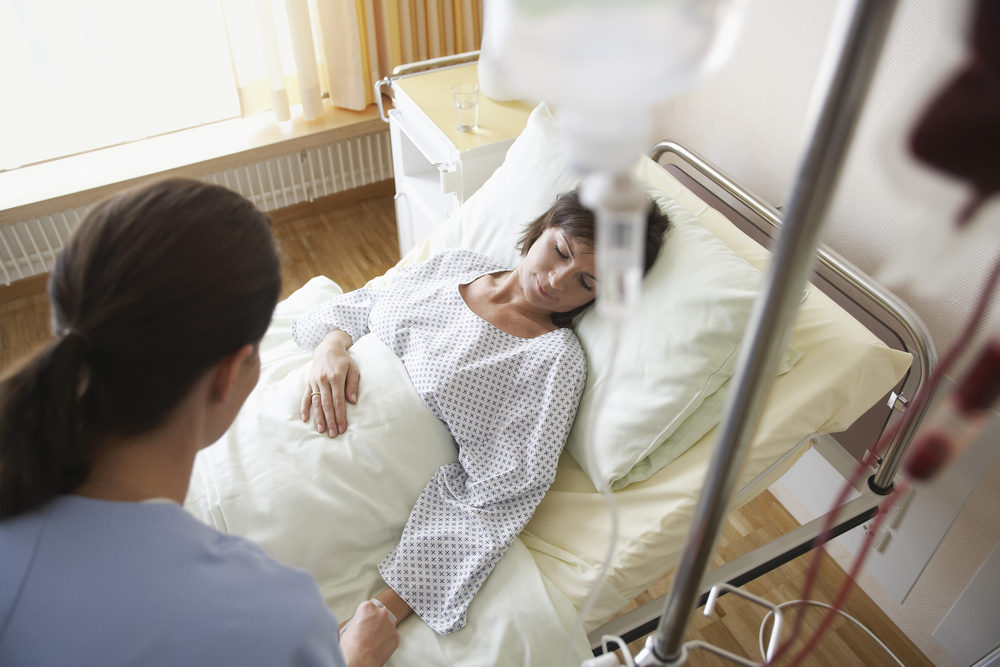All You Need To Know About Pain Management For Cancer
All you need to know about pain management for cancer
You must be aware that cancer is a deadly disease that is associated with severe pain that makes it all the more difficult to live with. It is estimated that about 50% of all cancer patients suffer from pain, which may come in several ways.

Understanding the different causes of pain in cancer patients
It is essential to understand that most cancer pain is manageable and it is crucial to control the pain for the success of the current treatment plan.
- Pain stemming from a tumor
In most cases, the pain arises from a tumor pressing the bone, organs, or nerves. It may be mild or severe depending on the location. For instance, if there is a small tumor near the spinal cord or any other major nerve, it could be excruciating whereas a large tumor elsewhere in the body would not cause as much pain and discomfort. - Post-operative pain
Surgery often causes temporary pain and discomfort, which can be lessened with the help of proper pain management therapies. These help in recuperating more effectively and in healing better. - Pain that occurs due to the treatment
Radiotherapy, chemotherapy, and surgery are some of the most common causes of pain among cancer patients. Moreover, some painful conditions, usually caused by these therapies are expected to affect patients, who have a weak immune system.
Treating cancer pain
About 9 out of 10 people suffering from cancer pain can get relief with the help of suitable pain management techniques. Many types of medicines are used for the purpose, where some are general pain relievers others work by targeting a specific type of pain and discomfort.
Non-opioids are normally used for the treatment of mild to moderate cancer pain. These medicines can be purchased over-the-counter, and they do not require a prescription. The most common examples of non-opioids are aspirin and ibuprofen.
When the pain is moderate, the patient may be prescribed hydrocodone, methadone, fentanyl, codeine, and oxycodone. If the pain is caused due to swelling, steroids will work the best.
For tingling and burning sensation accompanied by pain, the patient is advised to take antidepressants such as doxepin, trazodone, and amitriptyline. Taking antidepressants does not mean that the patient is mentally ill or suffering from depression.
Most of these medicines are taken orally in the form of a pill or capsule. This type of medicine is comparatively easier to administer and costs less than other forms of medication. When these medicines are not able to offer the desired results, then the pain management doctors may recommend taking rectal suppositories or injections or transdermal patches.
In subcutaneous injection treatment, the medicine is administered right under the skin with the help of a small needle. In case of intramuscular and subdermal treatment, the medicine is given to the muscle or skin. It is given for a short span of time and not recommended for chronic pain. The intravenous pain medicine is injected directly into the vein. When the pain is acute, the patient may have to take an epidural or intrathecal injection, where the pain relieving agent is placed directly into the spine so that it offers relief for hours together.
Alternative ways of managing pain arising from cancer
Your pain management doctor may suggest some alternative therapies along with the drugs that help manage pain. These therapies will complement with the medications and relieve the associated symptoms easily. However, they cannot completely replace the medicines. Here are some of these techniques.
- Deep breathing exercises
It helps build focus, and the patient can concentrate on completing a particular task, thus diverting from the pain. - Distraction
It helps the patient shift their attention to a more pleasant event that can help them cope with the pain and discomfort. One may also resort to soothing imagery or loving memories that help calm the mind. - Biofeedback
It would make one aware of the physical processes that they thought are involuntary. It may include skin temperature, heart rate, and blood pressure. One gradually gains some conscious voluntary control over these processes, which would influence the intensity of the pain. - Physical stimulation
This involves physical stimulation of the nerves and muscles in the affected region, which helps subside the pain to a great extent.
Unfortunately, some people experience pain, which cannot be managed by following these techniques. Then the pain management doctors may recommend radiation therapy, neurosurgery, implanted pumps, or surgery depending on the needs and the overall health of the patient.











